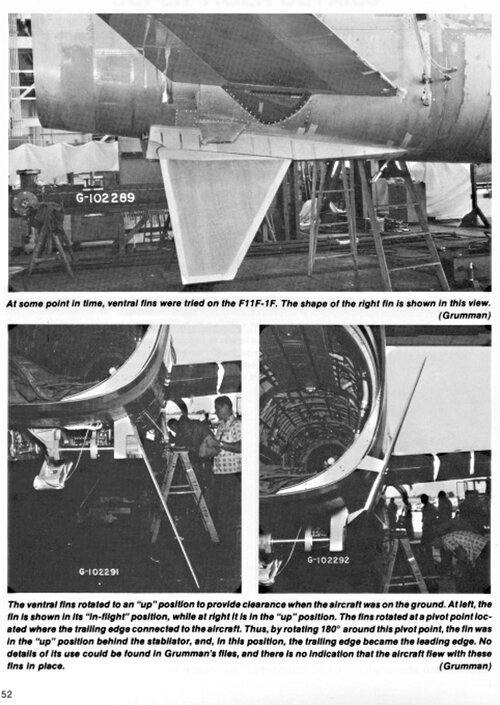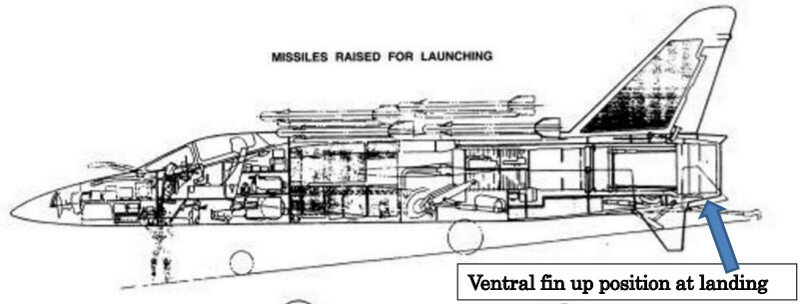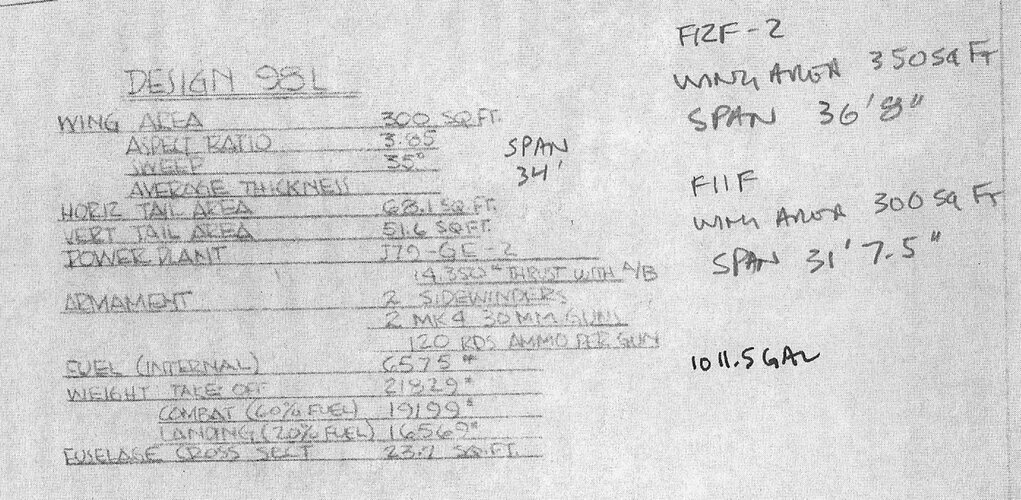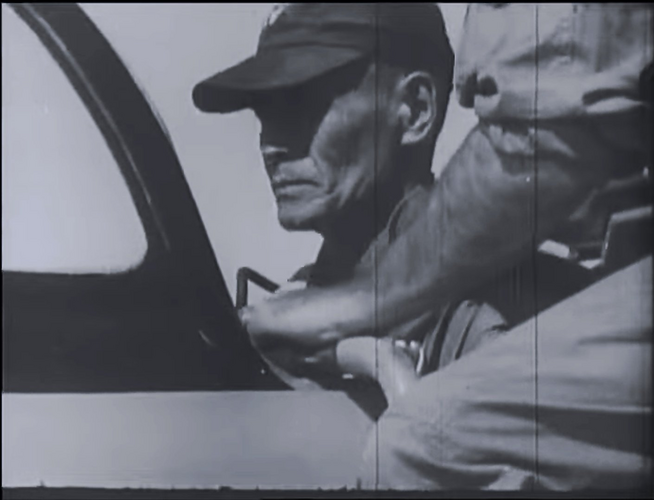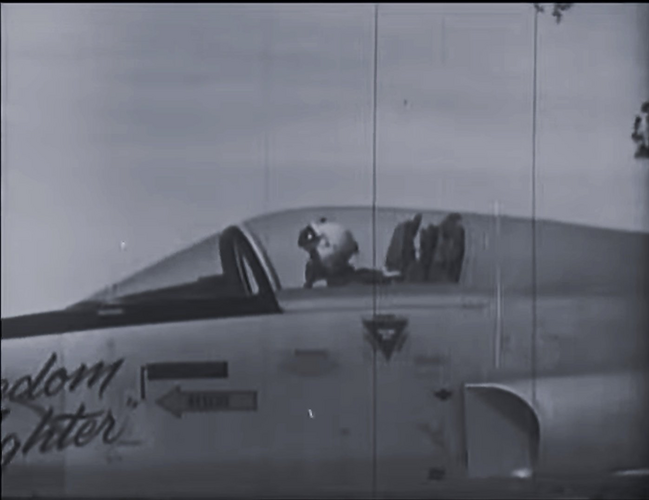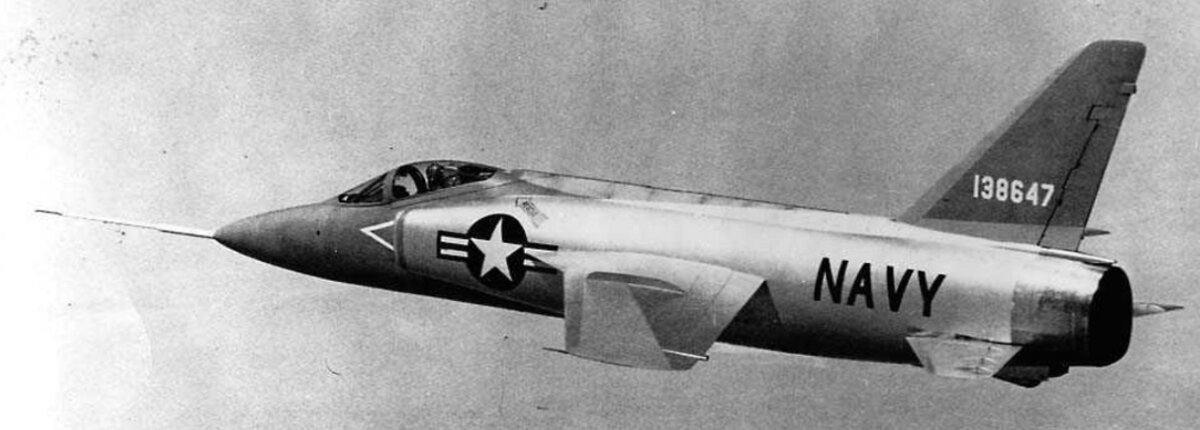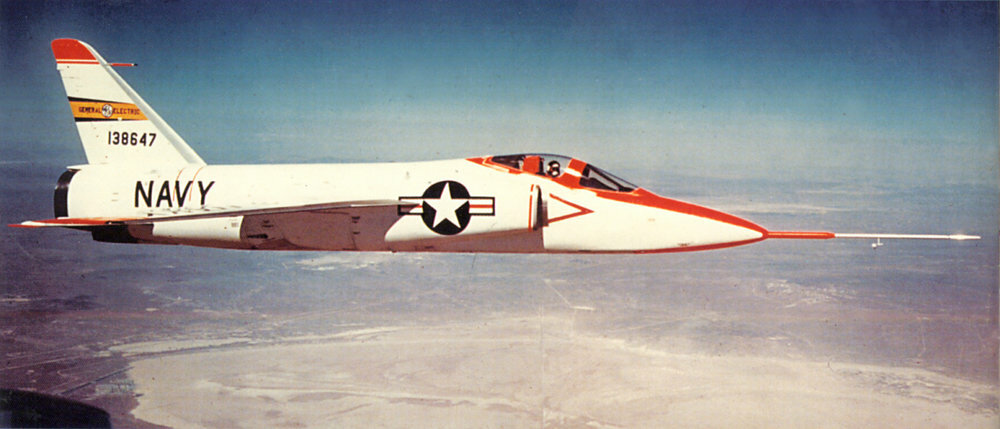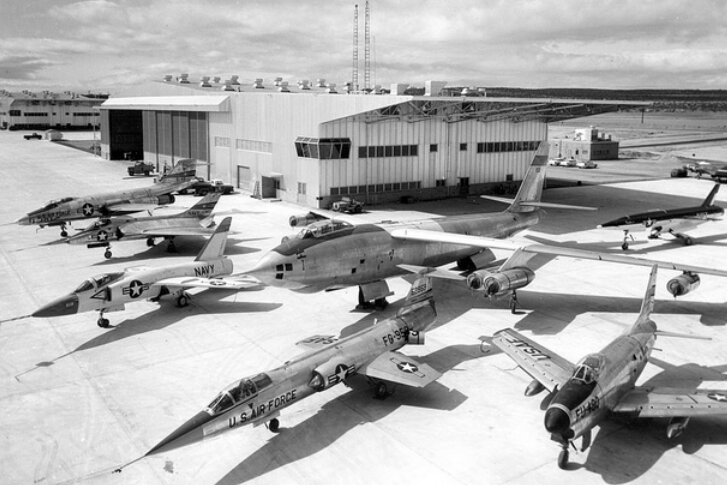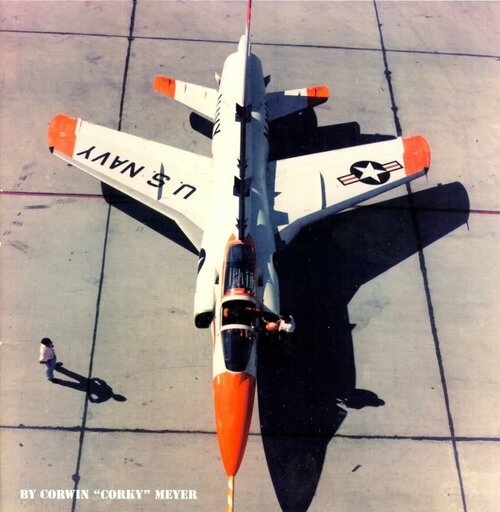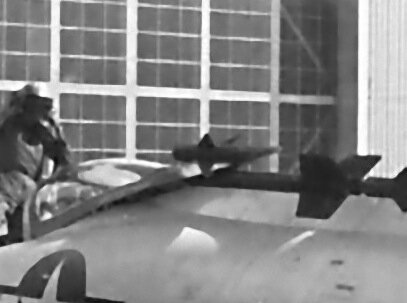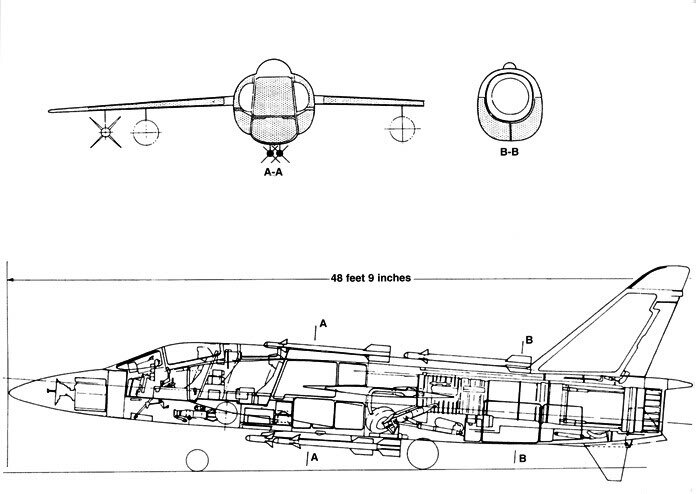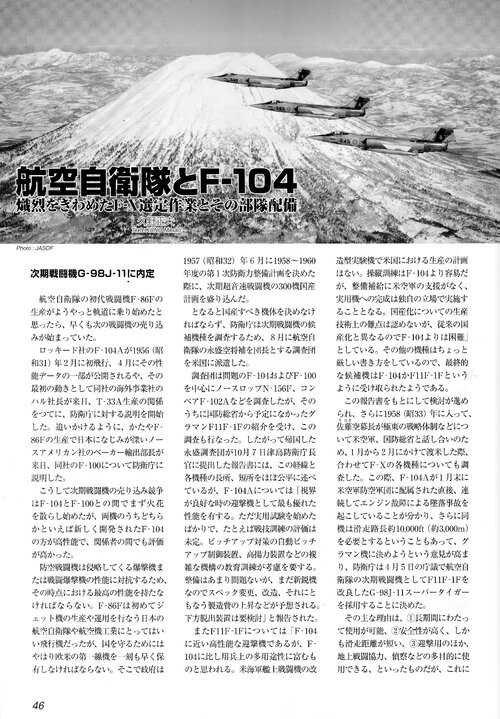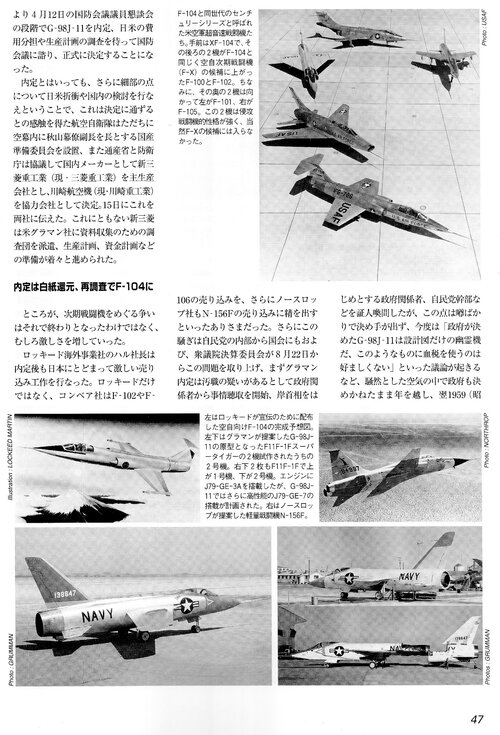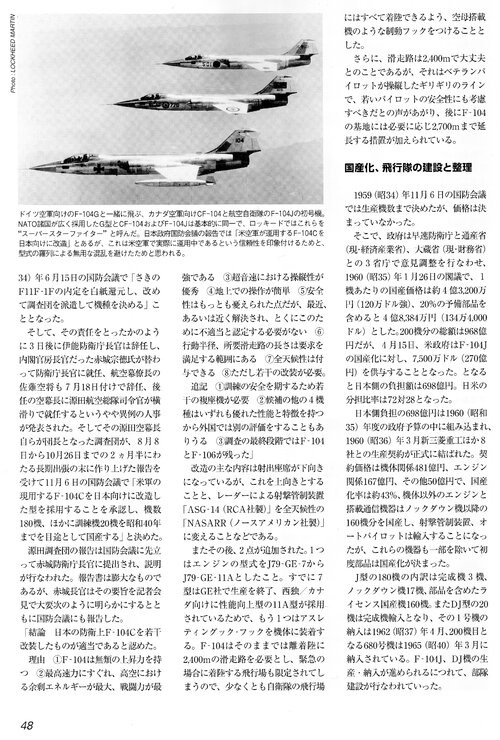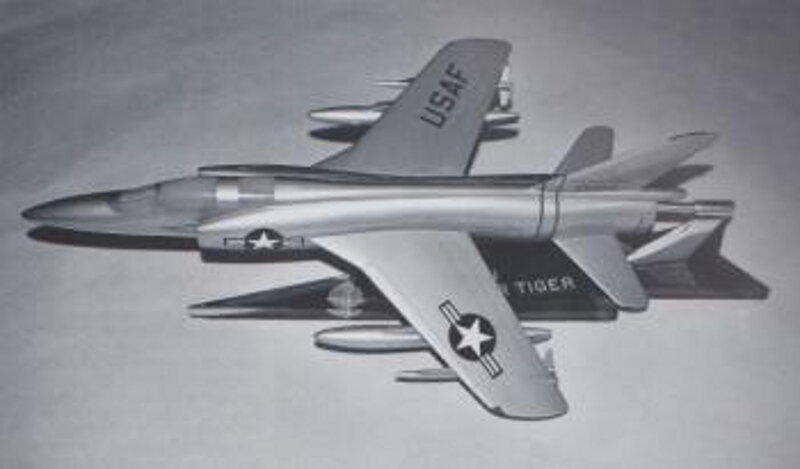2022年のサッカーW杯カタール大会の第1戦で、強敵ドイツに鮮やかな逆転勝利を収めた日本。同じような大逆転の採用劇が60年以上前、航空自衛隊の次期戦闘機選定でもあったとか。大どんでん返しはどう進んだのか振り返ります。

trafficnews.jp
The Japan Air Self-Defense Force's research team has released the following data as a performance guideline for the next fighter. It climbs to an altitude of about 16,000 m in about 8 minutes. The maximum climb limit is about 18,000 m. The maximum speed is Mach 2 or higher. The combat radius of action is about 350 km or more.
There were four candidates for the next generation of fighter that met this performance guideline: the F-104 "Starfighter", the North American F-100 "Super Saber", the Northrop N-156F (later the F-5), and the Convair F-102 "Delta Dagger".
In addition, due to the introduction from the U.S. Department of Defense, the Grumman G-98J-11, which is an improved and developed version of the F11F, which was not subject to review, was hastily included in the review.
As a result of the examination, the Grumman G-98J-11 recommended by the U.S. Department of Defense was selected in April 1958. The reason was that the US Air Force's F-104, which had just been deployed, had frequent accidents and small troubles, and the aircraft had a long runway and required a runway of 3000 m.
In this way, the Grumman G-98J-11 was once decided, but in August of the same year, the House of Representatives Accounts Committee raised the issue of whether there was fraud in the adoption, and it was decided to reinvestigate in 1959, and the selection was postponed.
In the end, the fraud was never clarified, but in response to this, an investigation team headed by the then Chief of Air Staff Minoru Genda, who was the head of the Air Self-Defense Force and was known as the "Genda Circus" before the Pacific War because of his aerobatic skills, went to the United States again to investigate. At that time, he uttered the phrase "I don't know which fighter is best for Japan unless I actually fly it myself," which is a profound phrase that can only be said by a veteran who has a long career as a pilot and a proven track record.
As a result of this reinvestigation, the G-98J-11, which Grumman said "could incorporate Japan's request," was rejected, and the F-104 "Starfighter" was decided to be adopted.
So what was the reason for this great comeback?
The first is that the actual G-98J-11 did not exist. We cannot afford to decide to purchase an aircraft, which can be said to be the most important for a country's national defense, as a main fighter aircraft, in a state of "picture-perfect rice cakes" due to sales pitches.
The second reason is that the Lockheed F-104 was an aircraft that exceeded Mach 2 from the beginning, while the Grumman G-98J-11 managed to "bulk" the F11F, which was barely Mach 1, and aimed for Mach 2.
Thirdly, due to the nature of the main mission of the Air Self-Defense Force fighter jets to defend their airspace, they were required to have the ability to climb as quickly as possible after a scramble and the acceleration to reach the airspace as quickly as possible. In this respect, it can be said that the F-104 was overwhelmingly superior.Thus, the F-104 "Starfighter" was given the nickname "Eiko" after the F-86F "kyokou" and the F-86D "Gekko". However, in Japan, knockdown production and license production were carried out by Mitsubishi Heavy Industries, so it was hooked on the elongated shadow of this machine and was nicknamed "Mitsubishi Pencil" at the site. By the way, Mitsubishi Pencil and Mitsubishi Heavy Industries are completely unrelated companies.
After that, when the Air Self-Defense Force began to operate the F-104 in anti-territorial airspace violation measures, so-called scramble (emergency launch), history proves that the aircraft was the most suitable aircraft. In other words, the result of the "Great Reversal of the Blue Sky" was a great answer.

